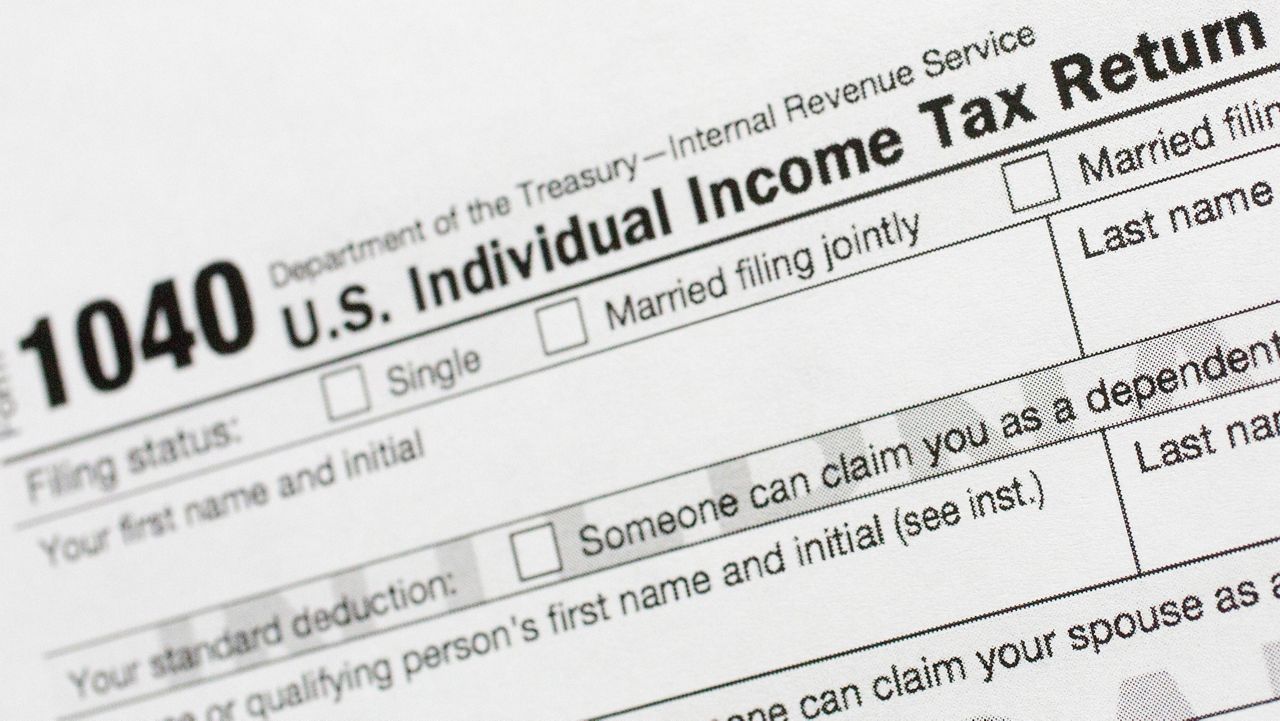WISCONSIN — State and local tax burdens fell to their lowest level on record in 2022, according to a new Wisconsin Policy Forum report.
Researchers said a $1 billion income tax cut, tight limits on property taxes and surging resident incomes are the cause of the drop.
The tax burden is the total amount of taxes collected in Wisconsin measured against statewide personal income. It’s a metric that’s been tracked for more than 50 years by the Forum and the Wisconsin Taxpayers Alliance.
Tax collections rose by 4.1% from the 2021 fiscal year to $35.36 billion in the 2022 fiscal year. However, the tax burden fell because the growth in personal income was higher than the total taxes collected.
The tax burden in Wisconsin has been on a steady decline in Wisconsin, but the local tax burden is now lower than it’s been in half a century of data, according to the report. Data shows that state and federal burdens on families and businesses are also near historic lows.
In a recent brief, the Forum also noted that the state and local tax burden has been below the national average for three years, according to the 2020 U.S. Census Bureau.
A decade ago, state and local tax revenues as a share of personal income was at 11.4%. Now that percentage is just under 10.1%. That’s the lowest level since 1970, according to Forum records.
As mentioned, one reason for the drop in tax burdens was a tax cut implemented by Gov. Tony Evers in the 2021-23 budget. It helped lower the rate for third income tax brackets from 6.27% to 5.3%, which in turn lowered revenue from individual income taxes by 0.7%. This reduction was the largest single-year drop in that bracket since the late 1980s.
Overall, local tax collections rose by 2% in 2021. The trend, according to the report, is due to efforts by state officials to hold down property taxes, which account for nearly all local taxes in Wisconsin. It’s the largest single levy in the state.
Tax collections rose in other specific areas too.
State sales tax collections grew by 9.5% from the 2021 to the 2022 fiscal year, which was the largest year-over-year increase since the early 1980s. The Forum report said inflation, and an increased sales tax rate by the Legislature were the reason for this increase. Inflation caused consumers to spend more on goods and service, which raised the total amount of sales tax collections.
Gas taxes collections also rose to 15.8%. This has historically been an area with long-term decline, but as the pandemic has eased, more people are traveling again.
The report said that these findings show “Wisconsin state officials have kept local tax collections on a much tighter leash in recent years than they have their own.”
Even with the large income tax cut implemented by Evers, state tax revenues have grown by 56.9% since 2010. Local tax collections have only grown by 23.7% in the same period.
Researchers said this “discrepancy” is worth noting even though the state passes the share of revenue it raises to local communities for schools and services like Medicaid.
Recently, voters have also suggested the idea of raising their own property taxes to help increase resources for school districts and local government, but the Forum said that trend would exacerbate differences in communities due to their means.
Researchers said that typical budget years require state officials to choose between addressing funding needs at the local level and retraining tax growth. However, a record projected state budget surplus might help them accomplish both in the upcoming budget beginning July 1.



